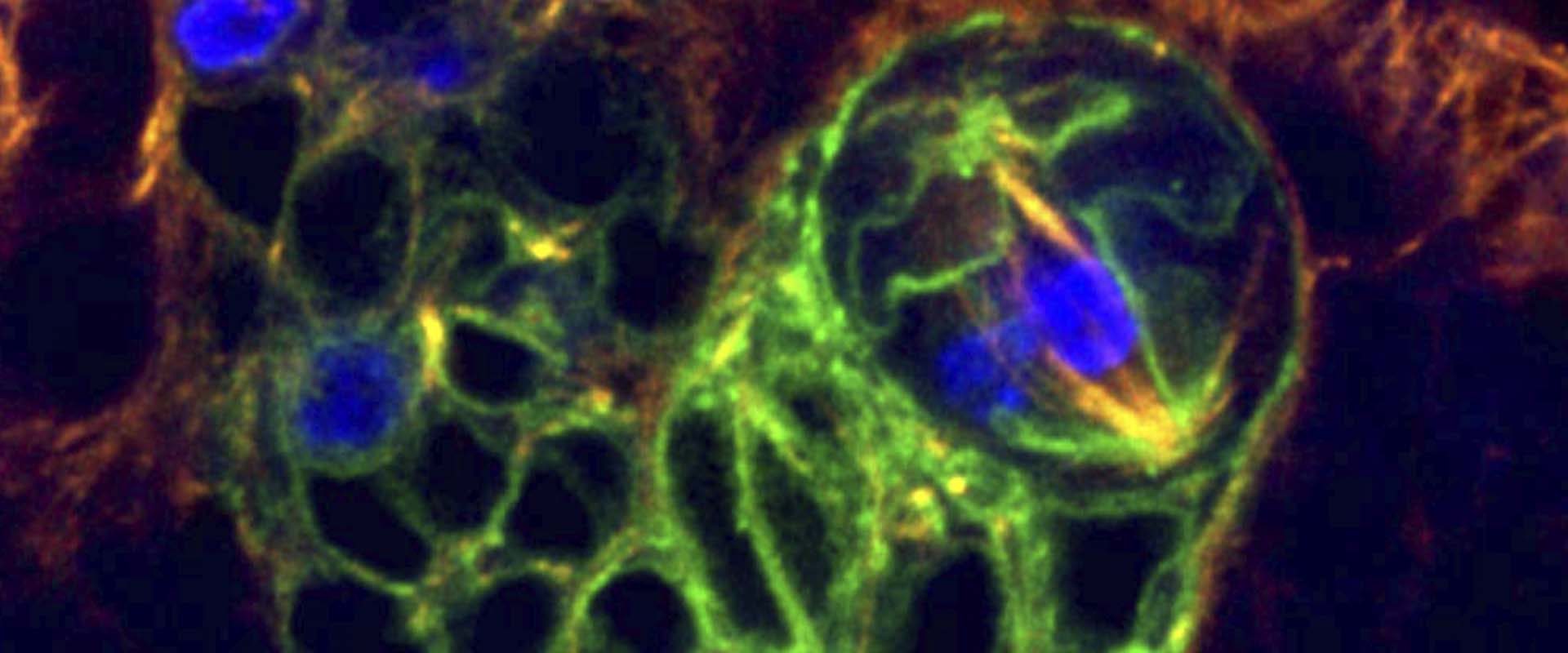The Actin-Binding Protein Canoe/AF-6 Forms a Complex with Robo and Is Required for Slit-Robo Signaling during Axon Pathfinding at the CNS Midline
Axon guidance is a key process during nervous system development and regeneration. One of the best established paradigms to study the mechanisms underlying this process is the axon decision of whether or not to cross the midline in the Drosophila CNS. An essential regulator of that decision is the well conserved Slit-Robo signaling pathway. Slit guidance cues act through Robo receptors to repel axons from the midline. Despite good progress in our knowledge about these proteins, the intracellular mechanisms associated with Robo function remain poorly defined. In this work, we found that the scaffolding protein Canoe (Cno), the Drosophila orthologue of AF-6/Afadin, is essential for Slit-Robo signaling. Cno is expressed along longitudinal axonal pioneer tracts, and longitudinal Robo/Fasciclin2-positive axons aberrantly cross the midline in cno mutant embryos. cno mutant primary neurons show a significant reduction of Robo localized in growth cone filopodia and Cno forms a complex with Robo in vivo. Moreover, the commissureless (comm) phenotype (i.e., lack of commissures due to constitutive surface presentation of Robo in all neurons) is suppressed in comm, cno double-mutant embryos. Specific genetic interactions between cno, slit, robo, and genes encoding other components of the Robo pathway, such as Neurexin-IV, Syndecan, and Rac GTPases, further confirm that Cno functionally interacts with the Slit-Robo pathway. Our data argue that Cno is a novel regulator of the Slit-Robo signaling pathway, crucial for regulating the subcellular localization of Robo and for transducing its signaling to the actin cytoskeleton during axon guidance at the midline.

 Español
Español
